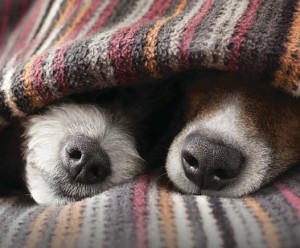Breed Knowledge – The First Skill
194 – June, 2016
by Dr. Carmen L. Battaglia
 By the 1950s, one could easily notice that the sport of dogs had evolved and turned another corner. Changes occurred in almost every area of the sport, mainly through the efforts of new research, technologies and better breeding methods. Those considered the achievers in breeding had learned how to develop certain skills that made a difference. In my review of these breeders and their achievements, I noticed that most had developed certain skills that could be linked to their success. My review uncovered three sets of different skills. I found that one set was needed for those who were judges, another for exhibitors and a third for those who breed. A closer look at just the breeders showed that eight skills were important (Table 1). Skill # 1, called Breed Knowledge, is the subject of this article.
By the 1950s, one could easily notice that the sport of dogs had evolved and turned another corner. Changes occurred in almost every area of the sport, mainly through the efforts of new research, technologies and better breeding methods. Those considered the achievers in breeding had learned how to develop certain skills that made a difference. In my review of these breeders and their achievements, I noticed that most had developed certain skills that could be linked to their success. My review uncovered three sets of different skills. I found that one set was needed for those who were judges, another for exhibitors and a third for those who breed. A closer look at just the breeders showed that eight skills were important (Table 1). Skill # 1, called Breed Knowledge, is the subject of this article.
In the scheme of things, Breed Knowledge is often over- looked and underestimated. This underappreciated skill has four key elements: breed history, function, purpose and health.
Understanding each skillset can be done by using a specific breed to explain what is meant by this skill. In this article, I will use my own breed, the German Shepherd Dog, to illustrate what and how one learns about Breed Knowledge in their own breed.
Our understanding of this skill begins by learning about a breed’s origin, purpose and function and the reasons it was established. For many breeds these factors can be traced back sev- eral centuries to a historical beginning. In the case of the German Shepherd Dog (GSD), its history dates back to Germany in the 1800s when Rittmeister von Stephanitz and his close friend, Arthur Meyer, set out to produce the ultimate utility working dog. To do this they began breeding the best farm dogs they could find. They chose working farm dogs because their duties were many, varied and demanding. Performance, soundness and temperament were the primary traits they used in selecting breeding stock. The conformation of these early dogs and their appearance were less important. This would come later after they had developed the breed’s traits and requirements.
Click here to read the complete article194 – June, 2016
Short URL: http://caninechronicle.com/?p=105641
Comments are closed











